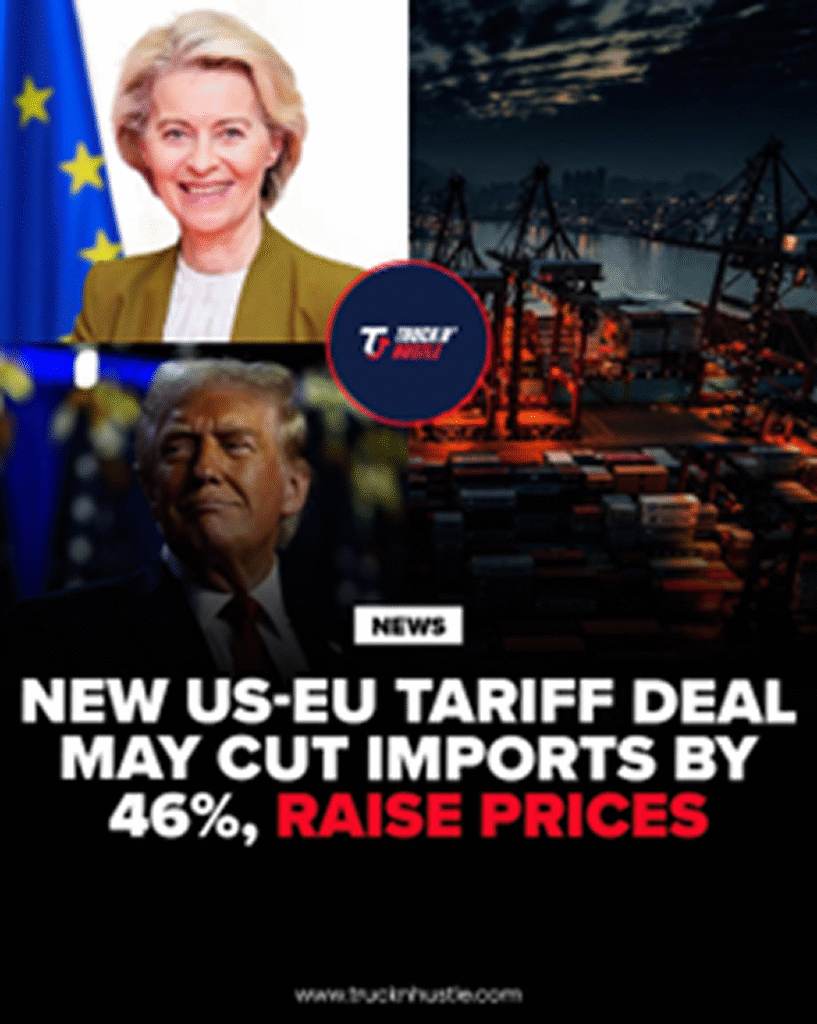The newly announced U.S.-EU trade agreement introduces a 15% tariff on most European goods, averting a steeper 30% hike that had been threatened. While this provides temporary relief from escalating trade tensions, it significantly raises import costs. These increased costs are expected to impact U.S. consumers through higher prices and put pressure on profit margins for European exporters and their American distribution partners. Although some strategic sectors including aircraft parts, certain chemicals, semiconductor equipment, and critical raw materials are exempt, many crucial product categories like cars and consumer electronics remain affected. European automakers are expected to see profit declines, despite limited tariff buffers for those manufacturing in the U.S. As part of the deal, the EU has pledged to purchase $750 billion in U.S. energy exports and invest $600 billion in the American economy, although the details and timelines remain unclear. Key issues like steel tariffs and pharmaceutical trade were left unresolved and deferred to future negotiations.
For trucking and logistics companies handling U.S.-EU trade, the deal introduces operational uncertainty. The higher tariffs could lead to reduced import volumes, shifting demand patterns, and route optimizations. Overall, while immediate trade conflict has been avoided, the deal signals a turn toward more protectionist and unpredictable trade policies.









